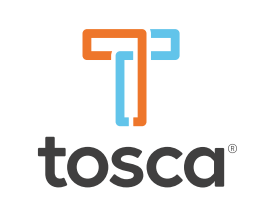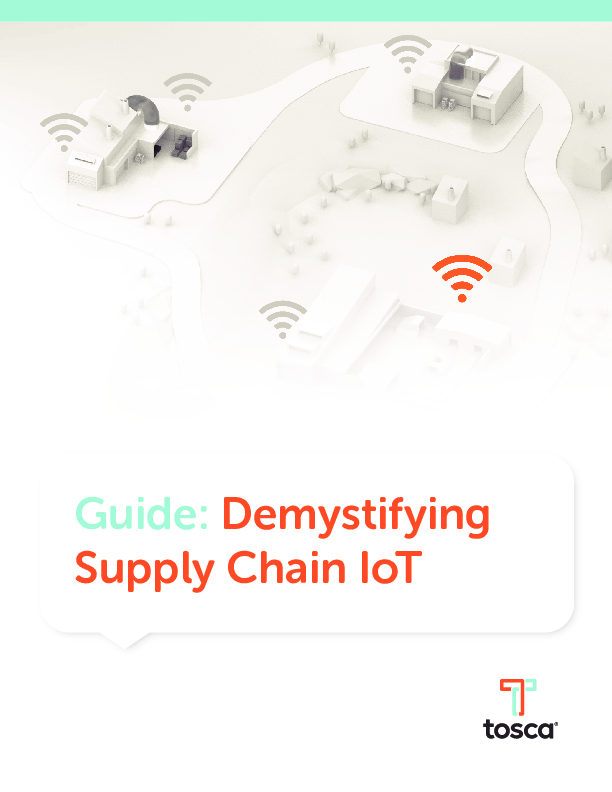Guide: Demystifying Supply Chain IoT
Supply chains have always been, and will always be, extremely complex. No matter how much a company does to simplify, reduce, cut waste, and streamline, complexity will play a role. Even the journey to attain simplicity involves processes like a search for the best vendor, an analysis of tighter processes, and a system to clean up systems.
To add to this fact, change is inevitable and generates complexity in itself. As supply chains grow, whether that looks like added miles or a broader portfolio of products, the need for precision intensifies. In their article “How Platforming Builds a More Resilient Supply Chain”, Supply Chain Management Review comments that "Complexity is the Achilles heel of the supply chain and companies with complex product portfolios inherently have more potential points of failure throughout their networks."
In this guide we will discuss what supply chain IoT is, go into the nuances of the different kinds of technology, outline ways in which a strong supply chain IoT system can improve your processes, and discuss several different applications for supply chain IoT, covering the various strengths and weaknesses of each. We hope that in the end you will feel less daunted by this relatively new system of technologies and consider the value it can add to your supply chain.

